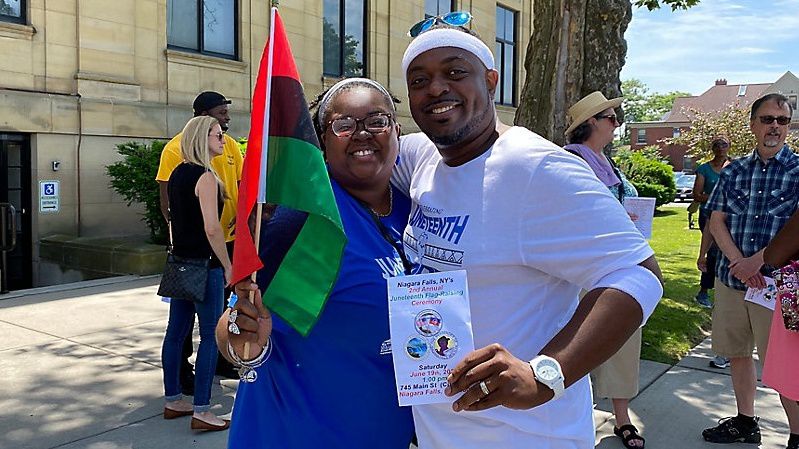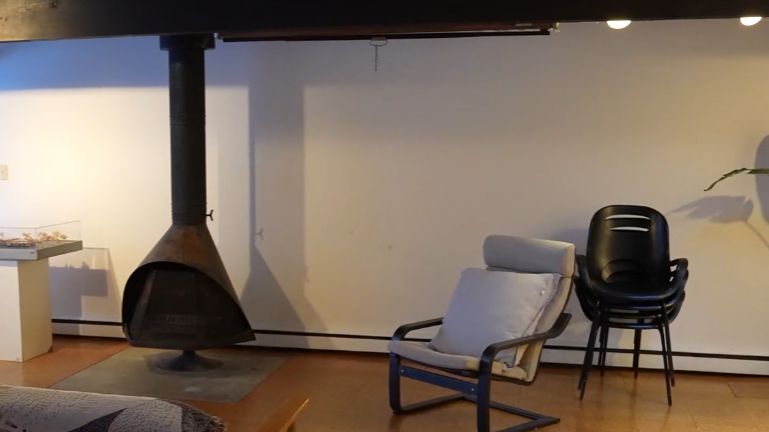BUFFALO, N.Y. — Cosmetic Botox is made of botulinum toxin, which is derived from a bacteria.
It was first used in the late 1980s to treat lazy eye and was approved for cosmetic purposes by the Food and Drug Administration in the early 2000s.
It has grown extremely popular since then. But, very recently, there have been warnings from health officials of counterfeit or mishandled botox.
The Centers for Disease Control and Prevention says as of mid-April, 22 people from 11 states reported harmful reactions after receiving Botox injections from unlicensed or untrained individuals or in non-healthcare settings, such as homes and spas.
Most people heard of the drug Botox, but they might not know exactly how it works.
Dr. Andrew Giaccobe, a board certified plastic surgeon in Williamsville, says Botox causes muscle paralysis, while cosmetic Botox is used to weaken various muscles of the face to eliminate wrinkles.
"Botox cosmetic is FDA-approved to treat lines in the forehead area, which we call frown lines, or the ones also used to weaken forehead muscles to prevent the lines across the forehead from becoming more prominent," said Giaccobbe. "And also for lines across or around the eyes, which we call crow's feet."
Dr. Giaccobe and his fellow plastic surgeons have received reports from their national societies that there have been cases of people who suffered harmful effects from counterfeit botox.
"Some of these patients were hospitalized," said Giacobbe. "And in every case, the it is suspected that the Botox was counterfeit and was also administered in non-medical facilities such as a private home or in a hotel room."
Dr. Giacobbe says symptoms include difficulty swallowing, difficulty breathing, weakness of the neck muscles and blurred vision.
"So these are major side effects and clearly related to counterfeit Botox, because with counterfeit Botox, there's no way to know what the dose is in the vial," he said.
Plastic surgeons say there are ways to avoid fake Botox all together. Red flags include the price for the treatment being too good to be true. Dr. Giacobbe says the average price for a treatment is $300 to 600.
"If the treatment is done in a non-medical facility such as a hotel room or a private home or a nail salon, that's also a major red flag," he said. "There are some indications on the packaging. So the packaging with counterfeit Botox may be unprofessional. The text on the packaging may not be in English."
He advises patients should do their homework when they’re searching for an individual to do their Botox injections.
"Once again, choose a board certified plastic surgeon or dermatologist," he said. "Facial plastic surgeon or ocular plastic surgeon. These are the practices that perform the vast majority of Botox injections."








